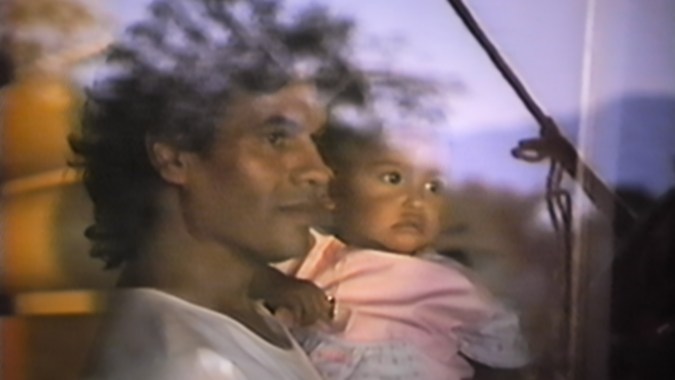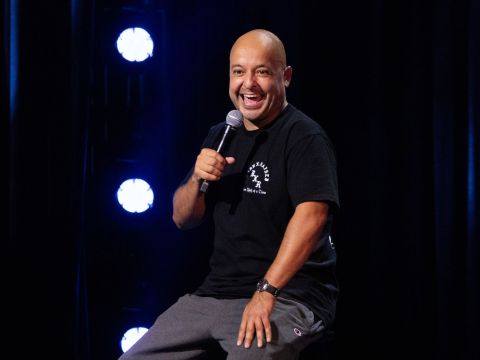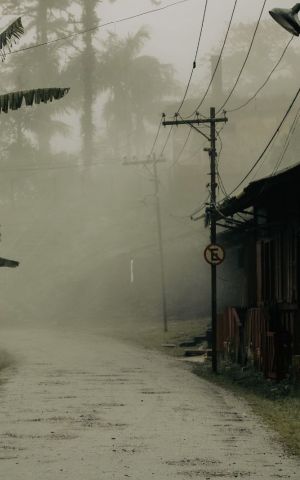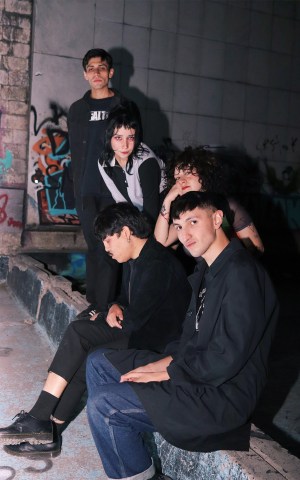Juan Gabriel: Debo, puedo y quiero isn’t just any other documentary about “El Divo de Juarez,” perhaps the biggest icon in Mexican music. Instead, the documentary is a definite look at the man, the artist, and the legend that inspired millions of people in Mexico and all over the world, all from a point of view we rarely get to see in these types of productions: that of the artists themselves.
Remezcla spoke to director María José Cuevas and executive producers Laura Woldenberg and Ivonne Gutiérrez about bringing this story to life and the creative process behind it.

“The journey here has been long, exciting, and stressful all at once,” Laura Woldenberg told us. “We’ve wanted to tell this story for a long time, both as Mexican women and as admirers of Juan Gabriel; it’s a dream come true.” But how did it come together? “In early 2023, we had the opportunity to present this project to the family. The idea was to preserve Juan Gabriel’s legacy and allow new generations to get to know him, but also to contribute something new: for us, to get to know Alberto Aguilera, the person behind the idol, with his light and dark sides, his flaws, and his virtues.”
For that, they needed his family’s cooperation.

“We knew that to achieve this, we needed his personal archives. We knew personal archives existed because he recorded himself for a long time, from the 1970s to the 2000s.” But even they didn’t expect the amount of material available. “We ended up with over 2,000 tapes, half a million audio files, letters, albums, and his handwritten lyrics,” Woldenberg shared. “We began this project with a treasure that is practically a national treasure, part of Mexico’s heritage.” And with that came the responsibility to tell the story correctly.

Director María José Cuevas gave us a glimpse at what putting it together was like. “First, there was a team of researchers who presented us with a timeline from the day he was born to the day he died, showing all the peaks of his life and career. And that was our backbone for deciding which important moments in his story we absolutely had to tell.”
But some moments just came from the material.

Cuevas added, “As we began to have more and more access and started to see the material and the craziness of putting in a cassette and suddenly seeing a 1982 home video of Alberto Aguilera in his most ordinary state, and then suddenly putting in another cassette and seeing Juan Gabriel on stage, we were constantly shifting between the private and the public.”

Then came trying to put it together.
“This is Juan Gabriel, this is Alberto. How do they interact? How did we begin to understand, to get to know Alberto Aguilera, in order to understand Juan Gabriel? So, there was this constant dialogue, right?” Cuevas said.
But how did they choose what to include? Cuevas said, “It was really a process of putting together a puzzle, of finding the pieces—the audio recordings, the newspapers, the intimate moments, the private moments. It was about assembling everything so that it all contributed not only to the story, but also to finding the soul and heart of the characters from the archives.”
And that soul is evident in the documentary. As is Juan Gabriel, and the man behind the name, Alberto Aguilar Valadez.
Juan Gabriel: Debo, puedo y quiero is now available to stream on Netflix.




